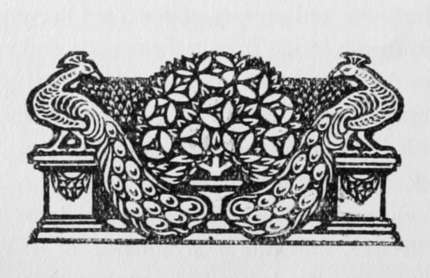Some Bromide Varieties
Description
This section is from the book "The Barnet Book Of Photography", by Herts Barnet. Also available from Amazon: The Barnet Book Of Photography.
Some Bromide Varieties
Glossy Bromide And Bromide Cards
Glossy bromide paper requires slightly different treatment to the ordinary.
It is not so amenable to weak development. Either a developer of normal or semi-normal strength should be employed, and of sufficient volume to allow of the print being pushed under the developer without previous soaking in water.
Streaks and markings very often appear during development, but these are merely due to slight abrasions of the surface, and are easily removed from the dry print by rubbing with a tuft of cotton-wool soaked with alcohol or methylated spirit.
Card Bromide
This is a very fine institution, inasmuch as prints made on it require no mounting ; thus, if a margin be left round the image, or a border of some kind printed at the time of exposing the emulsion, a very effective and finished print is obtained.
The thickness and opacity of the card prevents any loss of intensity in the image from translucency, and an exquisite transparent depth is thereby obtained.
Development may be carried out in precisely the same way as with ordinary brands of paper, but it is preferable not to soak the prints before development.
Although chiefly used for postcards, large prints are equally effective, and the convenience of having a stiff material to manipulate is not to be underestimated.
Personally, I prefer postcards of this kind to ordinary gaslight cards, as the range of tones is infinitely greater.
In conclusion, I would remind workers that all bromide prints should receive a final cleaning by rubbing them with a tuft of cotton wool soaked in alcohol after they are mounted, and, if after this they are vigorously polished with a silk handkerchief, using considerable pressure, they will take on a fine lustre without being glossy.
Lustra Matt
Since the above was written a new brand of Barnet bromide paper, called Lustra Matt, has been introduced. Personally, I cannot speak too highly of this innovation, which is a great advance in bromide paper manufacture. Here, the great objection to matt surface papers—clogging of deep shadows—is entirely absent, and, with an apparently thick emulsion, we get a liquidness of shadow depth almost equal to that of the " ordinary " brand. At the same time the matt surface is perfectly retained, there being absolutely no gloss. I cannot help saying that it is quite time such a paper was put before the photographic public, as it has been a long-felt want. It is manipulated in precisely the same manner as other brands.
C. Winthrope Somervilk.

Continue to:
- prev: Gaslight Paper
- Table of Contents
- next: Carbon Printing
Tags
paper, print, negative, exposure, lens, development, camera, focus
